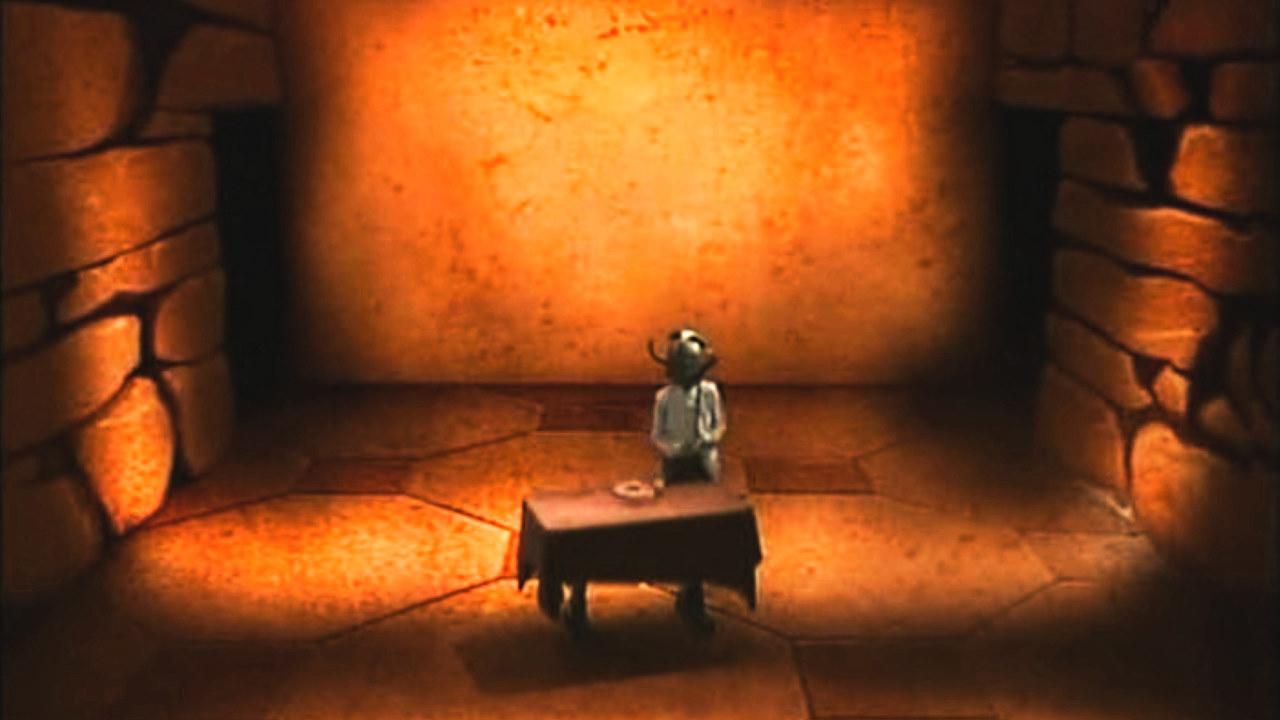Clue rooms allowed teams to choose objects that would help them survive the level. The Level 1 rooms were guarded by wall monsters.
- Series | 1, 2, 3, GW
- Level | 1, 2, 3
Clues were ubiquitous within Knightmare. During the later years, clues could be found almost anywhere.
But during the early seasons, these handpainted clue rooms were a standard location.
There were two variations for Level 1 and a single version for Level 2 and Level 3.
Level 1
Each Level 1 clue room is guarded by a wall monster, which manifests when the dungeoneer collects food.
It asks three riddles and rewards teams by their performance. A team with three correct answers can call out 'I command you' and earn a bonus.
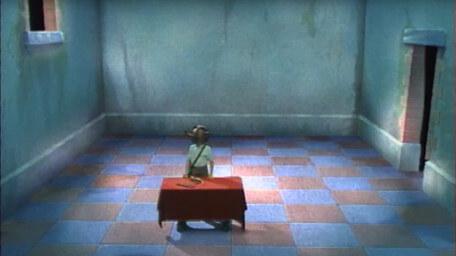
The original clue room includes tiled flooring and a bricked-up exit. The wall monster appears in the back wall.
In Series 2, another variation is added. This is red-orange rock with octagonal flagstones. It leaves the back wall completely empty for a larger wall monster.
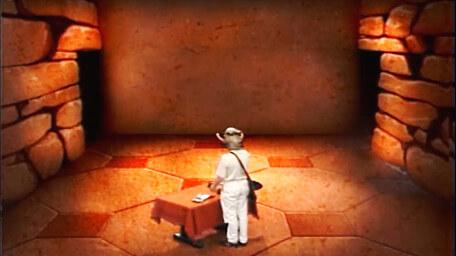
This option is then transferred to the original clue room for Series 3. The bricked-up exit is gone, creating room for a larger wall monster (Golgarach).
Level 2
The Level 2 clue room is distinguishable by its elegant staircase and tall table. Dungeoneers emerge at the top of the stairs and must descend to approach the table.
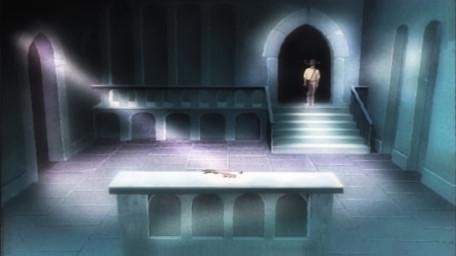
The table is a metre in height, which covers most of the player.
Teams might encounter several spectres here, from deadly cavernwraiths to the Oracle of Confusion. Mogdred or Hordriss the Confuser might also manifest here to taunt or intimidate dungeoneers.
Level 3
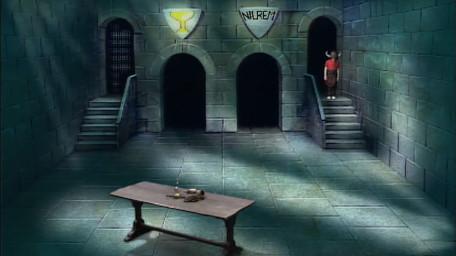
In Level 3, dungeoneers once again emerged at the top of a staircase and had to descend to a table in the foreground.
There were two exits on the ground floor level, set beneath the player's entrance.
The artwork includes two door panels - a grail and the word NILREM - but these were only used in Series 1.
Occasionally, Mogdred appears in the right wall to intimidate dungeoneers. Cavernwights may also emerge from one of the exits and begin advancing towards the player.
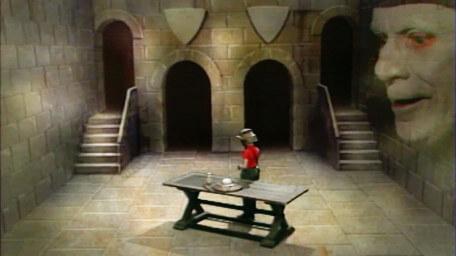
Did you know?
For both Level 2 and Level 3 clue rooms, artist David Rowe envisaged curved staircases.
These were not possible for several reasons. It would have been expensive to create the props and difficult to align them perfectly with the painting.
Equally, it was judged too high a risk for blindfolded children to descend a curved stairway.
Geek Week
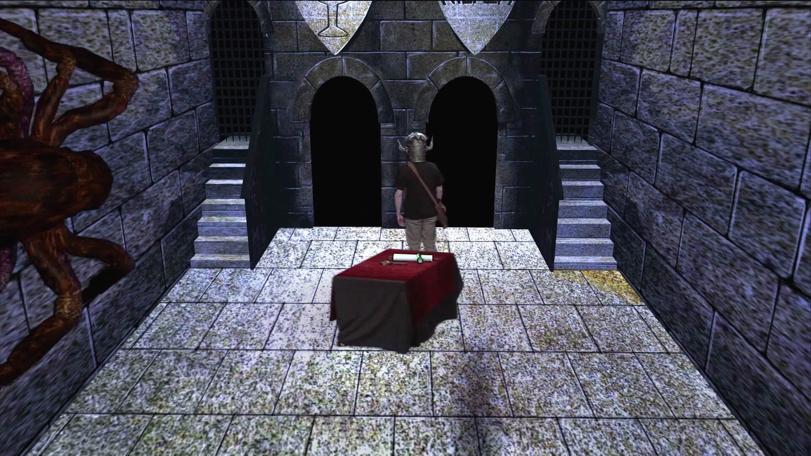
Two of the original clue room designs were digitally remastered for the Geek Week Episode in 2013.
The original Level 1 clue room is used for an encounter with Sylvester the Jester. Spider webs emerge as the conversation takes place.
The original Level 3 clue room is used for clues and a spyglass, though the dungeoneer does not descend a staircase.
